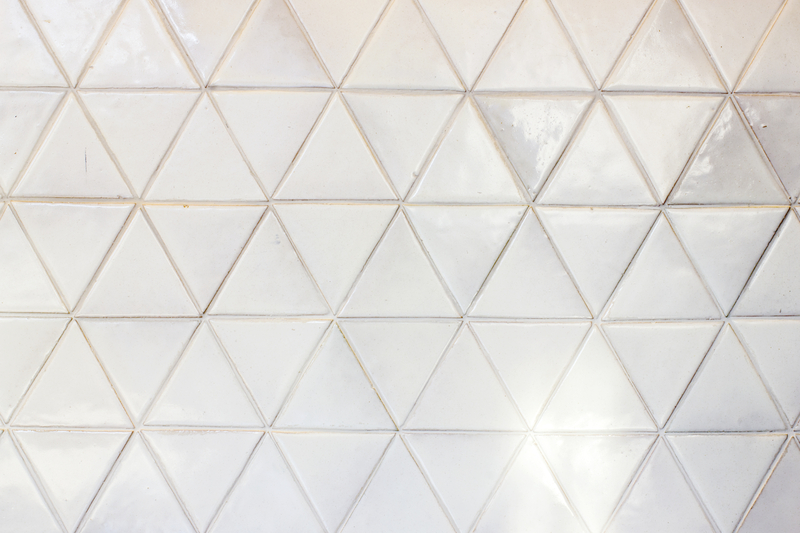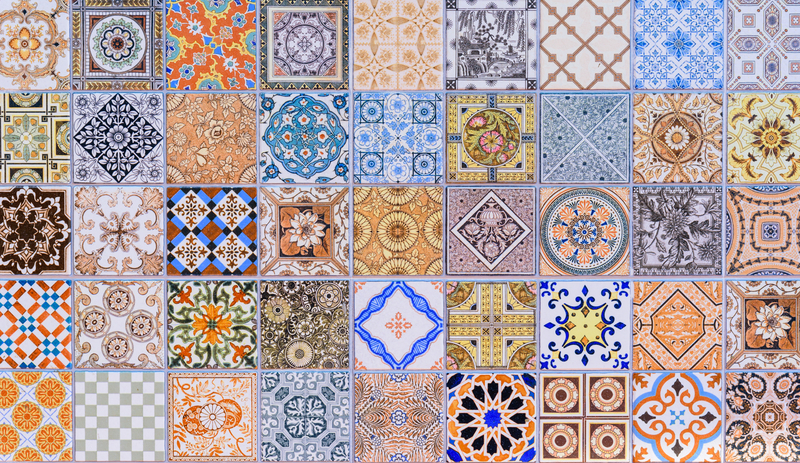Ever since the Industrial Revolution came along and, well… revolutionised the mass production of tiles, ceramics have been a huge part of our decorating lives. Whilst the first use of tiles for decoration began 25,000 years ago, advances in production and transportation of materials meant that new machinery in the 18th century created a market that everyone could be part of.
Nowadays, ceramic tiles are commonplace.
From kitchens to bathrooms, from floors to walls, homes to offices, you’d be hard-pressed to find any building that doesn’t have at least some tiling in it. Ceramic tiles have become the go-to decor for many people, but what should you know about them, what styles are available and how do you go about incorporating them in your home? All good questions, so let’s find out more.
Why are Ceramic Tiles so Popular?
One of the many reasons that ceramic tiles are so popular is their versatility. They work brilliantly in so many situations; floors (even in high-traffic areas), feature walls, bathrooms, wet-rooms and kitchen splash-backs, they offer so many options for both business and residential buildings.
What are Ceramic Tiles?
Before we get into how to use ceramic tiles, let’s talk a little on what they are. Ceramic is made up of two ingredients; sand and clay. These two simple components are first ground into a fine powder. At this stage, water is added and the mixture is then compressed at high pressure in a mould to create a rough tile, known as a ‘biscuit’. This basic tile is allowed to dry out before being primed, painted and glazed (although they can be unglazed). Finally, the biscuit is fired in a kiln at an eye-watering 1000°C to harden the tile and allow it to become what we recognise as a ceramic tile.

The popularity of ceramic tiles is due in no small part to their ability to look great in a multitude of places. Because of the sheer variety of tiles available, the only real limit in how you use them is restricted only by your imagination. You can use ceramic tiles to create a feature wall in your kitchen or bathroom or use them to accent other features to draw the eye. Contrasting colours can be used to make bold statements, varying sizes can help differentiate feature walls and alternating shapes used to create eye-catching designs.
It’s important to remember, however, that not all ceramic tiles are created equally. Where you want to use the tiles will determine the type of tile you buy. Ceramic isn’t as durable as porcelain, and usually isn’t frost-proof, so avoid cladding the outside of your home with them!
Grading of Tiles
When you buy your tiles, take note of their grading. Ceramics are graded from 1 to 5; 1 being the weakest. Grade 1 tiles are only really useful for walls, whereas Grade 5 tiles are super strong and often used in commercial installations with high traffic. Most residential homes will look for tiles of grades 2, 3 or 4, but it will naturally be dependent on how and where you’re using the tiles. The prices go up as the quality improves.
Tiles have come a long way since they were first used in the most basic way all those years ago. Ceramic tiles now come in a variety of sizes, shapes and styles. They can be almost any colour you can imagine, so are perfect for creating your dream bathroom, kitchen, or in fact, any room in the house. Ceramic tiles can be used just as well in hallways, as they can in bathrooms.
Because of advances in how they are produced, you can buy tiles that resemble other materials so they make the transition easily into other rooms not normally considered tile-worthy. Isn’t it time you embraced your tile revolution and laid the groundwork for a newly tiled room that looks simply stunning.
So, if you’re considering ceramic tiles for your property, our team at Elstow Ceramic Tiles have you covered. Call us today on 01234 263080 or visit our contact page for more details.

